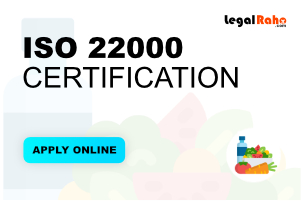Invest in the future of your business and the health of your customers.
ISO 22000 ensures food safety and regulatory compliance.
Enhance supply chain management and collaboration.
ISO 22000 Certification
OnlineISO 22000 is a standard developed by the International Organization for Standardization (ISO) that outlines the requirements for a food safety management system.

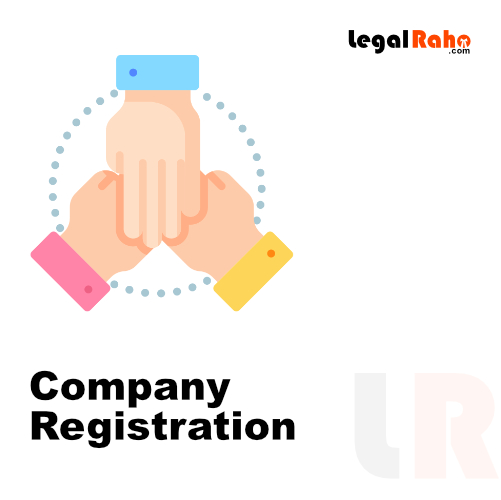
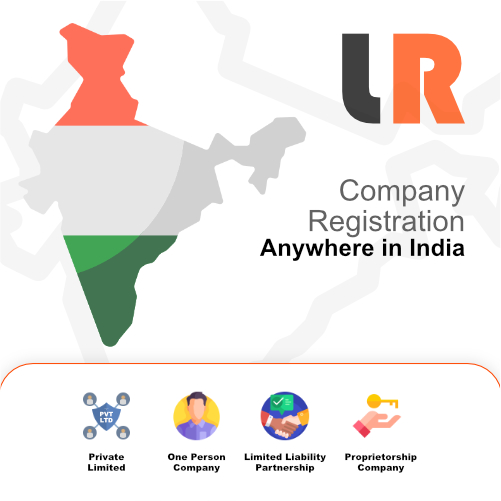

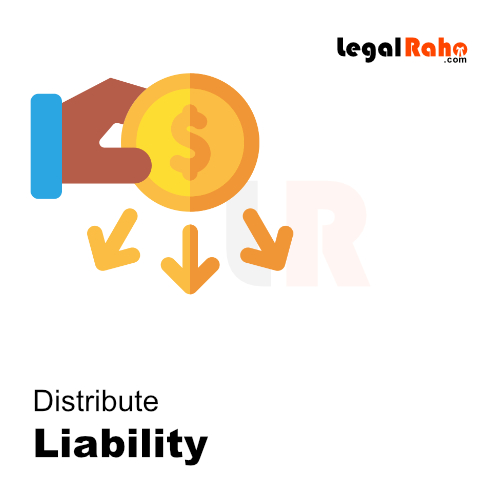
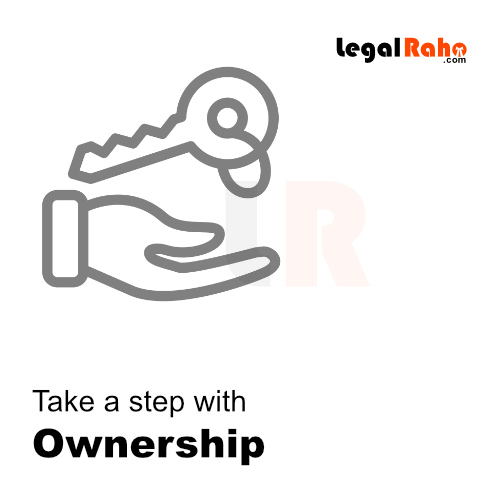
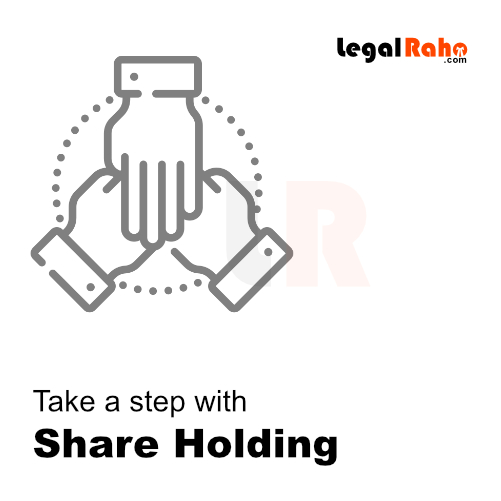
ISO 22000 CERTIFICATION • Overview
ISO 22000 Certification?
+91 85 8888 2144
Still thinking about it? Our professionals can consult for free!
+91 85 8888 2144
+91 85 8888 2144

BROWSE
ARTICLES
Under Start a Business
Importance of ISO Certification in India
Mar 06
ISO certification can significantly enhance a business's reputation. For businesses in India it is a...
How business audits helps in business growth in India
Mar 06
Regular business audits offer a systematic and structured approach to evaluate and improve various a...
Why is it important for a Food Business to have ISO 22000 certificate
Mar 06
ISO 22000 is an internationally recognized standard for food safety management systems. By obtaining...
How Food Audits helps in Food Business Growth
Mar 06
Food Audits is one of the standard practice to avoid issues cross-contamination, improper washing of...
Step-by-Step: How to Start an Ecommerce Business in India
Mar 06
The E-Commerce Market is getting more and more bigger day by day. You can find opportunities related...

Represent your Brand Identity
and those ideas,
Represent your Trademark!
Whether its LLP or PVT LTD register your company
With Professionality
Reveal your Brand Identity
With Trademark!
exponential Business Growth
With LegalRaho trust!
